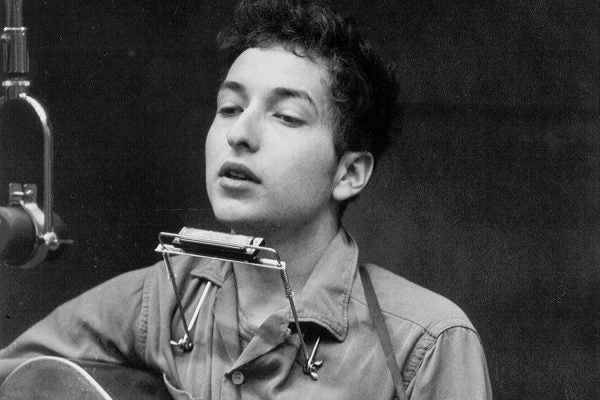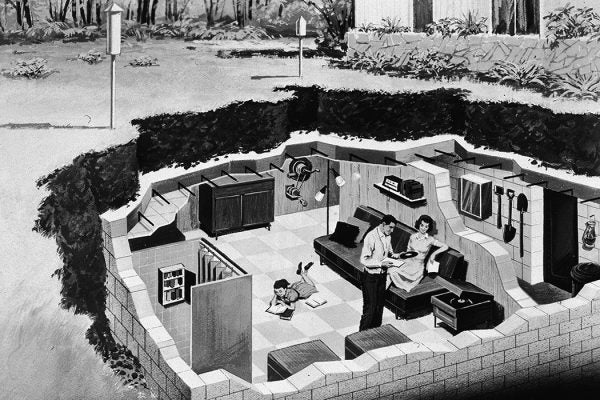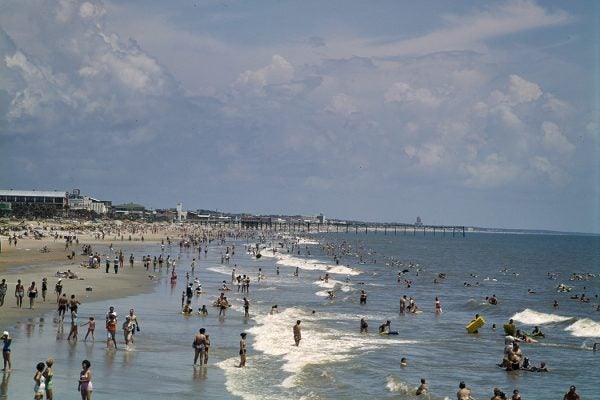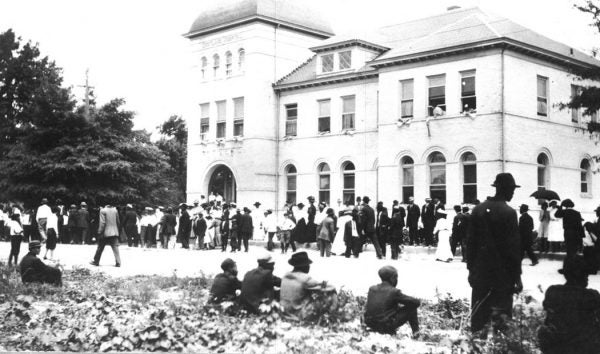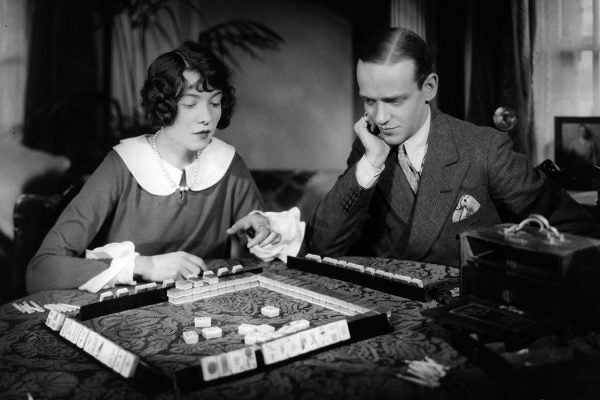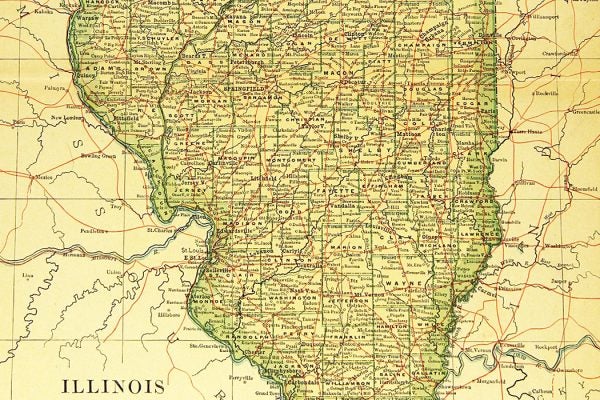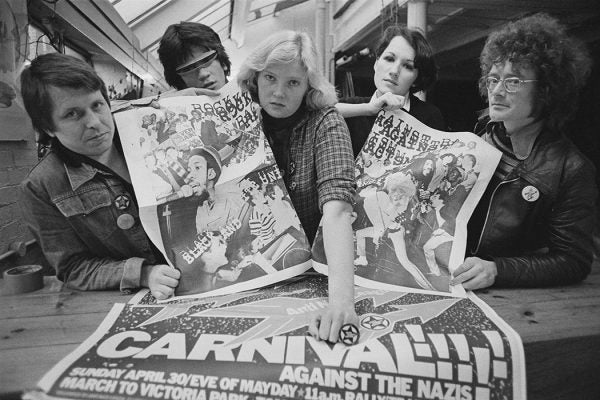Remembering Emmett Till in Song
The murder of Emmett Till has been memorialized in song by such artists as Langston Hughes and Bob Dylan.
Jim Crow’s Civil Defense Plans
The first head of the Federal Civil Defense Administration planned on maintaining segregation in bomb shelters, and in the post-nuclear future.
What Is Critical Race Theory?
Critical race theory has become a focus of conservative legislation, often with little understanding of its meaning and history.
How the Beaches of the South Got There
The government funded beach construction for private developers, which displaced Black farmers from their coastal lands.
The Legacy of Racial Hatred in the January 6 Insurrection
The U.S.’s politics of racial hatred are sustained by a culture of making political compromises when bold action is required.
How Racist Cartoons Helped Ignite a Massacre
In 1898, a North Carolina newspaper cartoonist weaponized white fears and tropes of Black predation to stoke a coup d'etat.
White Women and the Mahjong Craze
Travelers brought the Chinese game to American shores in the early 1920s. Why was it such a hit?
The Meaning of Racist Place Names
In one river town in central Illinois, a wetlands called N— Lake was scapegoated for destructive flooding.
How Rock against Racism Fought the Right
A rising tide of violence and bigotry in the 1970s infected the British music scene. A group of musicians organized to resist.
Roald Dahl’s Anti-Black Racism
The first edition of the beloved novel Charlie and the Chocolate Factory featured "pygmy" characters taken from Africa.
